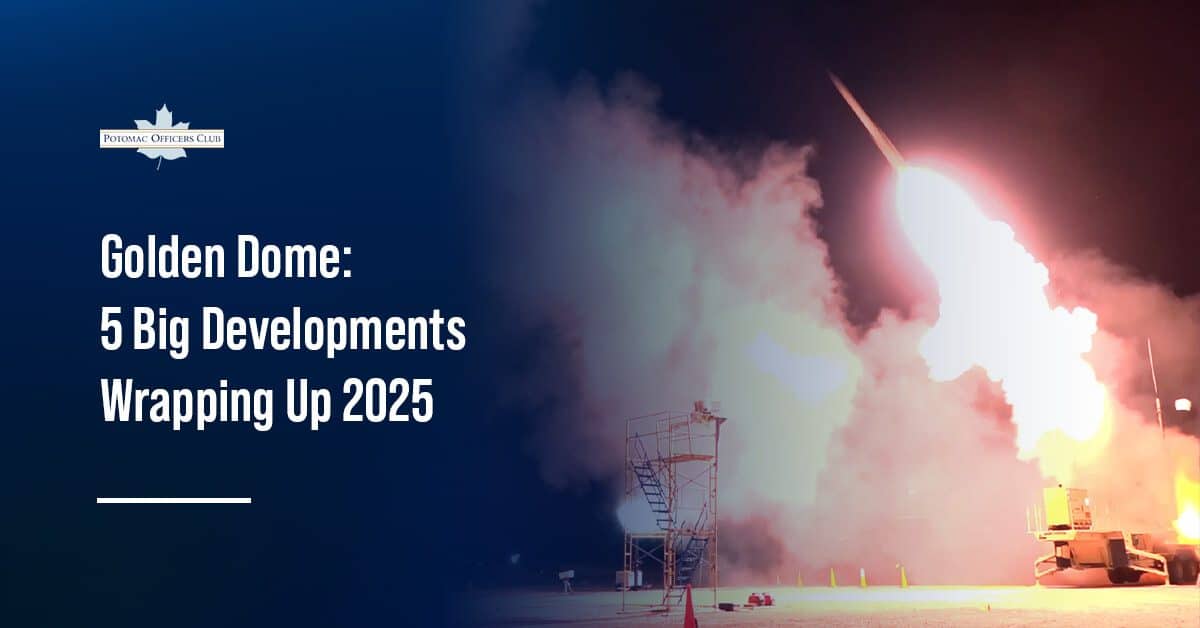
Unleashing the Power of Electric Forces: The Science Behind the Rail Gun
Be a member of the Potomac Officers Club to get fresh news on the government contracting industry. Witness key government leaders and private sector bigwigs as they discuss the latest in the realm of national defense and other topics related to the country yhe country’s homeland security. Start your GovCon journey here.
Have you ever wondered how a simple handheld device like the rail gun can propel a projectile at incredible speeds? Enter the powerful world of electric forces that revolutionizes modern warfare. In this article, we dive deep into the science behind this amazing weapon, unraveling the mysteries behind this cutting-edge technology.
Rail guns use the power of electromagnetism and rely on two parallel conductive rails and a conductive projectile known as the armature. When there is a massive application of electrical current to the rails, it creates a magnetic field around them. This field induces a force that launches the armature forward, propelling it at mind-boggling velocities.
What sets them apart is their potential for incredible speed and range, surpassing conventional weapons. With no propellants, rail guns can achieve projectile speeds of multiple kilometers per second, making them an optimal choice for long-range precision strikes.
Join us as we delve into the physics of rail guns, exploring the intricacies of electric forces and how they are utilized to propel projectiles at phenomenal speeds. Discover the science behind this impressive innovation that is reshaping the future of warfare.
How does the rail gun work?
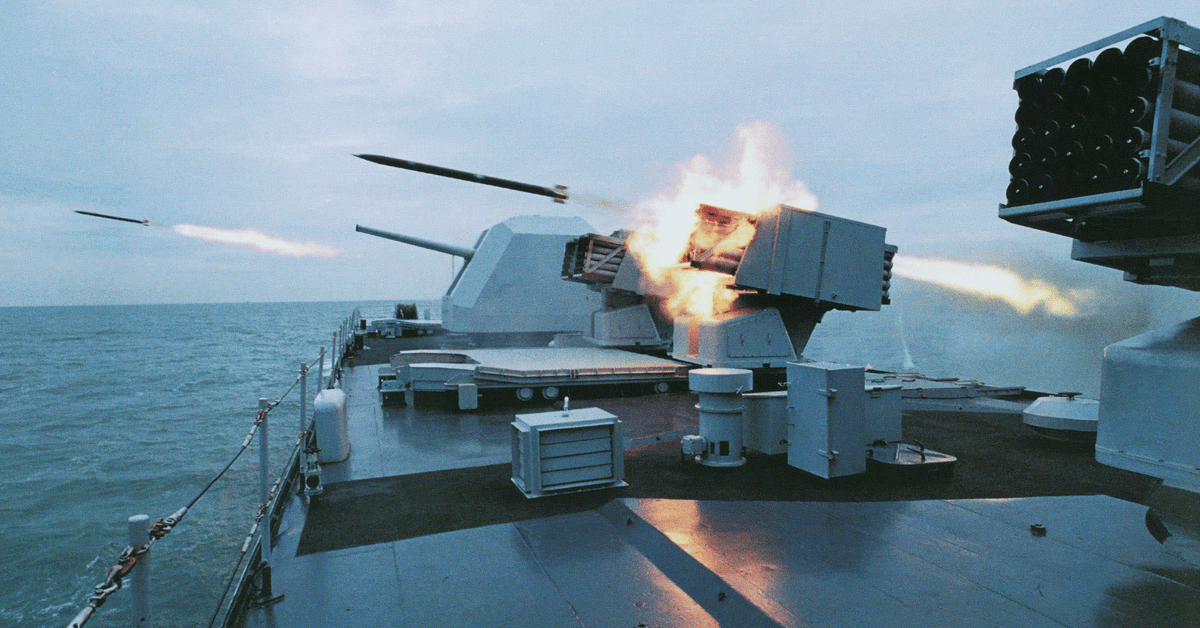
The basic principle behind it is simple yet ingenious. It consists of two parallel conductive rails and a conductive projectile, known as the armature. When a massive amount of electrical current is applied to the rails, it creates a magnetic field around them. This magnetic field induces a force that launches the armature forward, propelling it at mind-boggling velocities.
The key to the its immense power lies in its ability to generate an exceptionally strong magnetic field. The intensity of this field determines the speed at which the projectile is propelled. By increasing the current flowing through the rails, the magnetic field becomes stronger, resulting in higher projectile velocities. This unique mechanism allows rail guns to achieve speeds unmatched by conventional firearms.
One of the advantages is their ability to achieve incredible range and precision. Unlike traditional firearms that rely on propellants to generate projectile speed, this technology use electromagnetic forces to accelerate the armature. This eliminates the need for chemical propellants, allowing for longer ranges and more accurate targeting. With speeds of multiple kilometers per second, these are game-changers in long-range precision strikes.
The history of rail guns
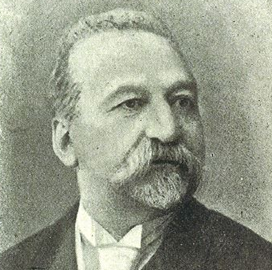
The concept of the rail gun dates back to the late 19th century when scientists began exploring the possibilities of using electromagnetic forces for propulsion. In 1879, French engineer Gustave Trouvé patented an early version which used a series of electromagnets to propel a projectile.
However, it wasn’t until the latter half of the 20th century that significant advancements were made in rail gun technology. During the 1960s, the United States Navy conducted extensive research on rail guns as part of their efforts to develop advanced weaponry. The goal was to create a weapon system capable of delivering projectiles at hypersonic speeds.
Over the years, various prototypes and experimental guns of this capability were developed, showcasing the immense potential of this technology.
Applications of rail guns
The rail gun have the potential to revolutionize modern warfare, offering a range of applications across different domains. One of the primary applications it has is in naval warfare. The ability to launch projectiles at high velocities over long distances makes it an attractive choice for naval vessels. They provide increased firepower, extended range, and improved accuracy compared to conventional naval artillery.
Rail guns also have potential applications in space exploration. The achievable high speeds make them ideal for launching payloads into space. By utilizing this technology, the cost and complexity of traditional rocket launches could be significantly reduced, opening up new possibilities for space exploration and satellite deployment.
Additionally, rail guns can be used for defense purposes, providing a means to intercept and destroy incoming missiles or other airborne threats. The speed and precision make them effective in countering high-speed targets, offering a promising defense solution for military installations and strategic locations.
Advantages and disadvantages of rail guns
Rail guns offer several advantages over traditional firearms and artillery systems. One of the main advantages is their ability to achieve faster, high projectile speeds. With no reliance on chemical propellants, the guns can propel projectiles at multiple kilometers per second, providing a significant advantage in range, precision, and impact.
Another advantage is their versatility. Unlike traditional firearms that require different types of ammunition for various purposes, thiese state-of-the-art weapons can launch a variety of projectiles depending on the mission requirements. This flexibility allows for multiple applications, from precision strikes to anti-missile defense.
However, a rail gun also has limitations. One of the challenges is the immense amount of electrical power required to generate the magnetic field and propel the armature. When this happens, the guns will need significant power sources, which can be logistically challenging, especially in mobile or remote settings.
Additionally, the intense forces and heat generated during the firing process can cause significant wear and tear on its components. This damage leads to maintenance and reliability issues, requiring frequent inspections and repairs to ensure optimal performance.
The science behind rail gun propulsion
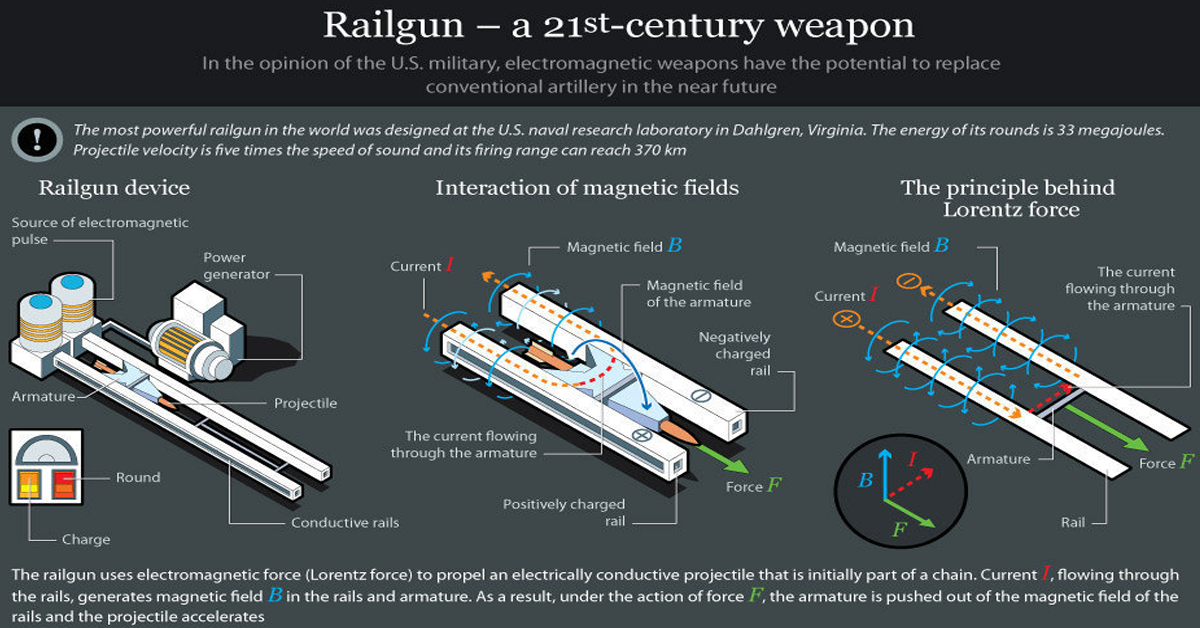
The propulsion mechanism of rail guns is rooted in the principles of electromagnetic forces. When an electrical current flows through the conductive rails, a magnetic field appears perpendicular to the direction of the current flow. This magnetic field interacts with the armature, which also carries an electrical current, resulting in a force that propels the armature forward.
The key to achieving high velocities lies in the strength and duration of the magnetic field. By increasing the current flow and optimizing the rail geometry, the magnetic field becomes more robust, leading to a more powerful launch. The armature, typically made of a conductive material such as aluminum or copper, experiences a significant Lorentz force, propelling it forward at incredible speeds.
Rail guns often incorporate additional systems such as capacitors and pulse-forming networks. These ensure optimal efficiency and minimize energy losses. These systems help store and release electrical energy in a controlled manner, maximizing the power delivered to the gun and enhancing its overall performance.
Electromagnetic forces in rail guns
The operation heavily relies on the interaction between electrical currents and magnetic fields, as dictated by electromagnetic forces. When an electric current flows through a conductor, it creates a magnetic field around the conductor. This magnetic field, in turn, exerts a force on any nearby conductor carrying a current.
In the case of rail guns, the two conductive rails serve as the conductors, with the armature carrying the current. As the current flows through the rails, it generates a magnetic field around them. This magnetic field interacts with the armature, creating a Lorentz force that launches the armature forward.
The Lorentz force, named after the Dutch physicist Hendrik Lorentz, is a fundamental principle in electromagnetism. It describes the force experienced by a charged particle moving through a magnetic field. In such case, the armature acts as the charged particle, experiencing a Lorentz force that propels it along the rails.
Materials used in rail gun construction
Constructing a rail gun requires materials that can withstand the intense forces and heat generated during operation. The rails, armature, and other components must possess high electrical conductivity to minimize energy losses and maximize efficiency.
Typically, the rails are consist of a conductive material such as copper or aluminum. These materials offer excellent electrical conductivity and can handle the high currents required for the gun’s operation. Copper, in particular, is favored for its superior conductivity and resistance to wear.
The armature, on the other hand, is often made of a conductive material with a high strength-to-weight ratio, such as aluminum or a composite material. These materials allow efficient current flow while providing the necessary mechanical strength to withstand the forces exerted during launch.
In addition to the conductive materials, insulating materials were incorporated to prevent electrical short circuits and ensure the current flows through the desired path. Insulation materials such as ceramics or polymers separate the conductive components and maintain electrical integrity.
Future developments in rail gun technology
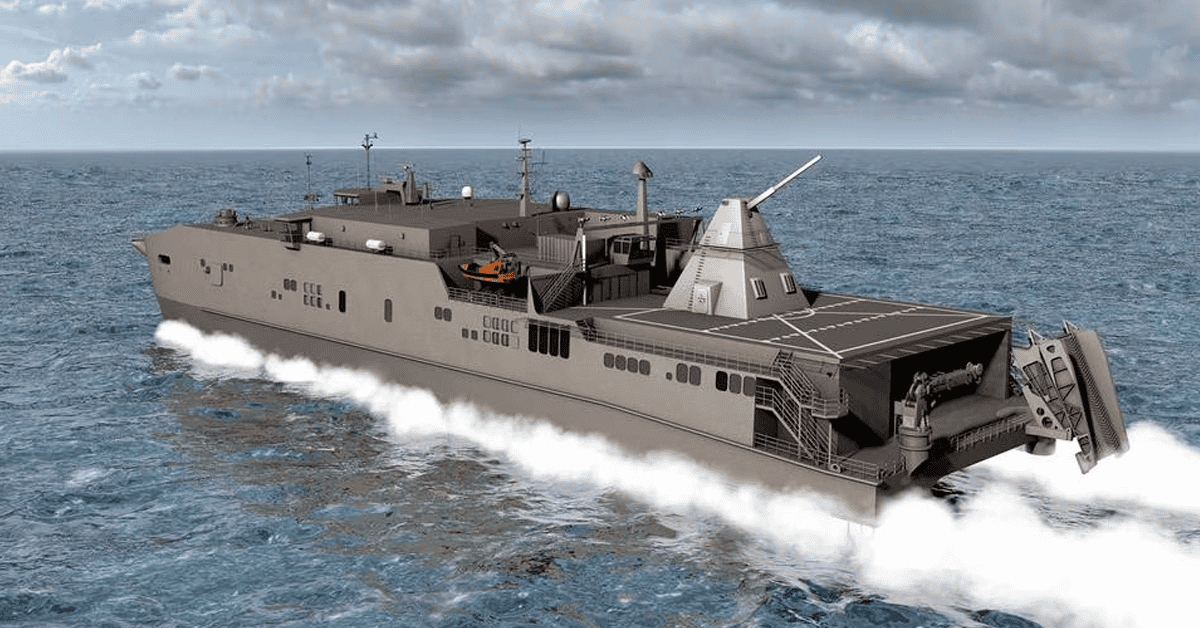
As rail gun technology advances, researchers and engineers are exploring ways to overcome limitations and unlock new capabilities. One area of focus is the development of more efficient power systems. By improving energy storage and release mechanisms, it could become more practical and feasible for a broader range of applications.
Efforts are also underway to enhance the durability and reliability of all its components. Using advanced materials and innovative design approaches, researchers aim to minimize wear and tear, prolonging the gun’s lifespan and reducing maintenance requirements. The rail gun is expected to be ready and operational on or before 2025.
Furthermore, advancements in its technology will further lead to increased projectile velocities and range. By optimizing rail geometries, refining launch mechanisms, and exploring new materials, the rail gun could achieve even higher speeds and longer distances, cementing their position as a game-changing weapon system.
So, remember the intricate science behind it – the electric forces that propel projectiles at mind-boggling speeds, changing the face of modern warfare.
Join the Potomac Officers Club forums, conferences, and summits to learn more about the initiatives of the U.S. Government on national defense and security by listening to top-tier government and private sector speakers. Register early at upcoming events like Achieving Transformative Cooperation for National Defense Forum | Potomac Officers Club and 2024 Annual Navy Summit | Potomac Officers Club.

Category: Articles



